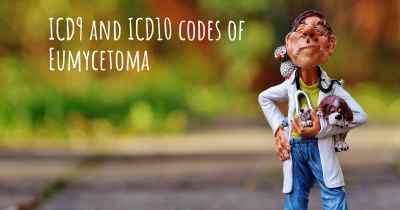How is Eumycetoma diagnosed?
See how Eumycetoma is diagnosed. Which specialists are essential to meet, what tests are needed and other useful information for the diagnosis of Eumycetoma

Eumycetoma is a chronic fungal infection that affects the skin, subcutaneous tissues, and bones, primarily in tropical and subtropical regions. Diagnosing eumycetoma involves a combination of clinical evaluation, laboratory tests, and imaging studies.
Clinical evaluation: The first step in diagnosing eumycetoma is a thorough clinical examination. The healthcare provider will assess the patient's medical history, symptoms, and physical findings. Eumycetoma typically presents as a painless swelling or mass in the affected area, often accompanied by sinus tracts that produce grains or discharge. The examination may also involve assessing the extent of tissue involvement and any associated complications.
Laboratory tests: Several laboratory tests are used to confirm the diagnosis of eumycetoma. These include:
- Grain examination: The grains or discharge from sinus tracts are collected and examined under a microscope. The characteristic fungal grains, also known as "sclerotia," are identified and analyzed to determine the causative organism.
- Fungal culture: The collected grains or tissue samples are cultured in the laboratory to isolate and identify the specific fungus responsible for the infection. This helps in guiding appropriate treatment.
- Molecular techniques: Polymerase chain reaction (PCR) and DNA sequencing can be used to identify the fungal species accurately. These techniques are particularly useful when the causative organism cannot be cultured or when multiple organisms are involved.
Imaging studies: Imaging techniques such as X-rays, ultrasound, or magnetic resonance imaging (MRI) may be employed to assess the extent of tissue involvement, bone damage, and the presence of any associated complications like abscesses or fistulas. These imaging studies help in planning the management and monitoring the response to treatment.
Biopsy: In some cases, a biopsy may be necessary to obtain a tissue sample for histopathological examination. This involves removing a small piece of affected tissue, which is then examined under a microscope to identify the characteristic fungal elements and assess the inflammatory response.
It is important to note that diagnosing eumycetoma can be challenging due to its similarity to other conditions. Therefore, a multidisciplinary approach involving dermatologists, infectious disease specialists, and pathologists is often required to achieve an accurate diagnosis.








